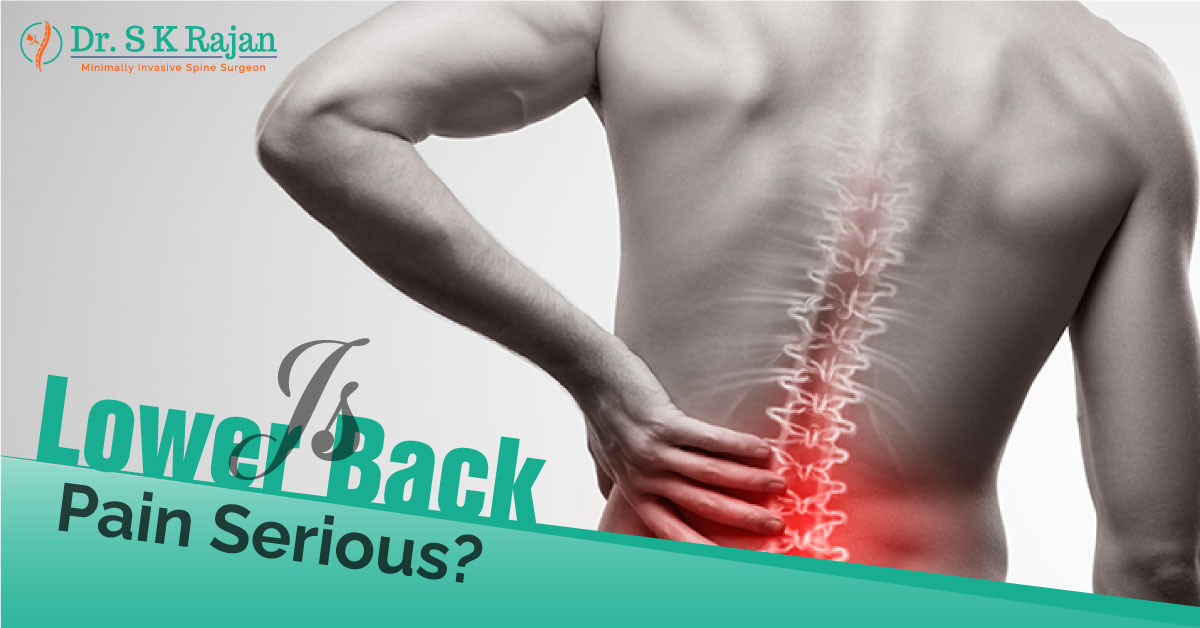
Men and women suffer from lower back pain, a global health issue. About 7.5 percent of the world's population, or about 577 million people, suffer from low back pain at any given time. Lower back pain is usually a minor issue that goes away independently. The impact on mobility and quality of life can be more severe and long-lasting for some people. Physiatrists see many patients with lower back pain because it is so common.
During Men's Health Month, we want to remind and encourage men to take an active role in their health care, especially regarding low back pain.
Diseases, injuries, or conditions of the pelvis, neck pain, back pain, or spine can cause lower back pain. Muscle and tendon injuries in the back are the most common cause of back pain, but other conditions such as arthritis and fibromyalgia have also been linked to back pain.
Pain can be dull, sharp, tingling, or even burning, depending on the severity of the injury. The pain can spread to other parts of your body, such as your legs, or be felt in a single location. Stiffness and muscle spasms may accompany it. The three most common types of lower back pain are:
However, if your doctor thinks you're at risk of chronic pain, physical therapy may be recommended in addition to non-invasive methods for relieving lower back pain. Numbness and tingling are common in these patients' legs due to the pain and symptoms they're experiencing.
Your doctor will conduct a physical exam and a review of your symptoms. Your doctor may order imaging studies to check for fractures or other damage. With these tests, your doctor will get a better picture of your spine, discs, muscles, ligaments, and tendons than they could have before.
The following are possible orders from your healthcare provider:
Your doctor may also order blood or urine tests based on the underlying cause of your discomfort. Blood tests detect the genetic markers of some back pain conditions (such as ankylosing spondylitis). Tests for kidney stones are done through urine (the sides of the low back).
Rest, ice, and over-the-counter pain relievers usually relieve lower back pain. A few days of rest will allow you to resume your routine. Your recovery will be aided if you stay active.
Treatment options for lower back pain vary depending on the underlying cause. Included are:
Medications: Your doctor may prescribe prescription or nonsteroidal anti-inflammatory (NSAID) medications to alleviate pain. Back spasms may be prevented or reduced with the use of additional drugs.
Physical therapy (PT): PT can help you strengthen your muscles to support your back better. In addition to increasing your flexibility, physical therapy can help you avoid further injury.
Hands-on manipulation: Reducing pain and improving posture and alignment through "hands-on" manipulation is possible. Osteopathic manipulation or chiropractic adjustments may be necessary depending on the underlying cause of your pain. Aside from relieving back pain, massage therapy can also help restore function.
Injections: Your doctor uses a needle and syringe to inject a painkiller into the affected area. Injections of steroid hormones reduce inflammation and alleviate pain.
Surgery: An operation may be necessary to treat specific injuries or conditions. Surgery for low back pain can be done in a variety of ways, including some that are minimally invasive.
Many people suffer from low back pain. Quality of life can be severely impacted by pain, stiffness, and restricted mobility. Even so, if you maintain a healthy weight and exercise regularly, you may be able to avoid lower back pain. Back pain that doesn't go away or prevents you from engaging in your favorites pastimes should be brought to the attention of your healthcare provider. Pain relief, improved mobility, and improved quality of life are possible outcomes of various treatments.